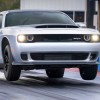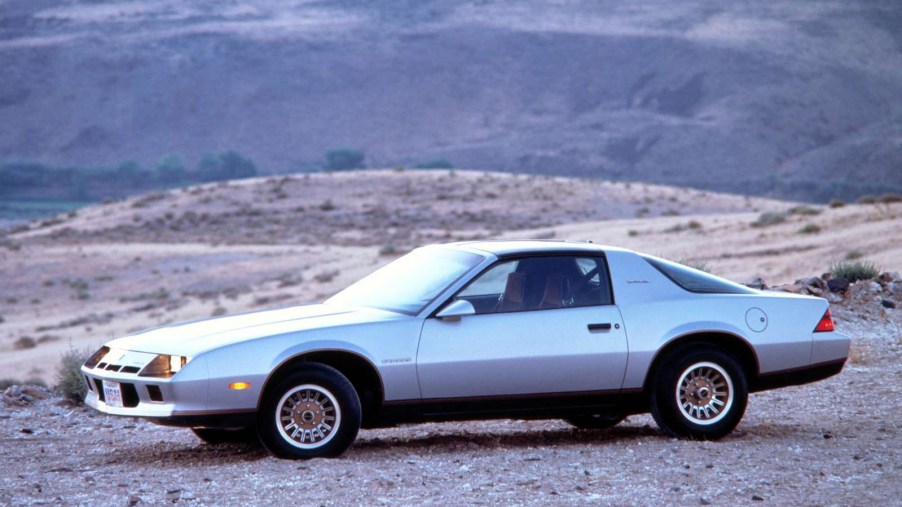
The Worst Muscle Cars That Have Ever Hit the Road
Today’s new muscle cars are definitely faster than their 60s predecessors. In fact, quite a few innocuous-looking modern cars can, too. For example, a Hyundai Veloster N can go 0-60 faster than a Hemi ‘Cuda ever could. But even ignoring how necessary emissions restrictions decreased performance, some muscle cars simply didn’t live up to their reputations. And some of the models listed below don’t even have that excuse.
Choosing the muscle cars on this list
Because American cars were so strangled by emissions controls in the 70s and 80s, simply listing every V8-equipped car made then is too reductive. Plus, the 80s did bring some performance greats, like the turbocharged Buick Grand National.
Instead, the muscle cars listed here were chosen based on other factors. Some are front-wheel drive when previous versions were rear-wheel drive instead. Others don’t have any extra go to back up their added show. And finally, some either failed to offer a V8, or lacked any extra enhancements—like turbocharging—on their non-V8 engines.
2006-2009 Chevrolet Impala SS
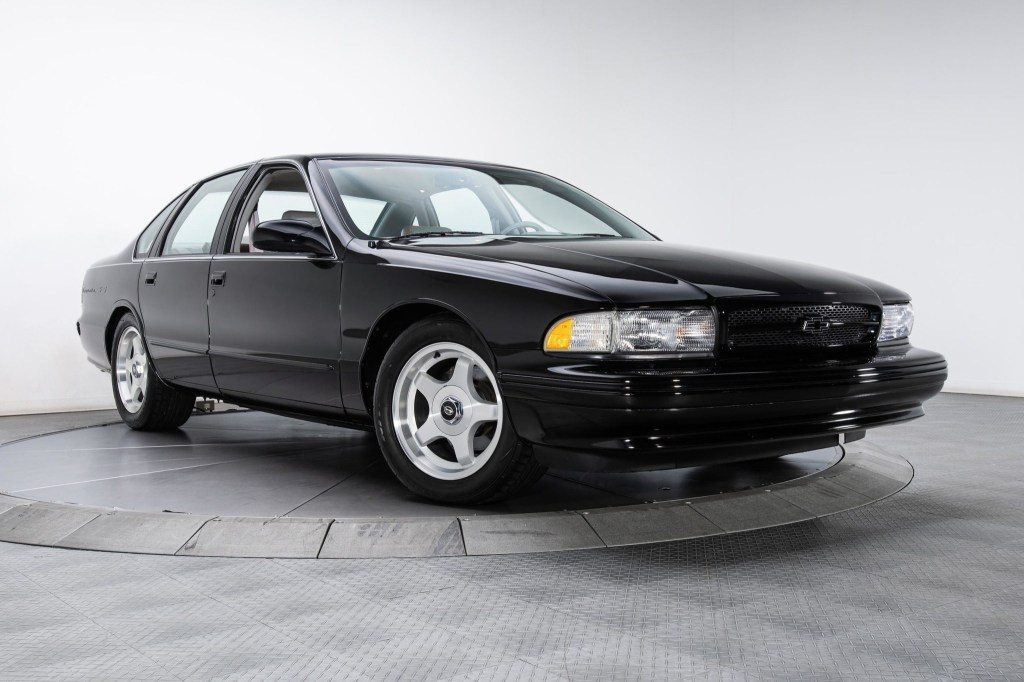
In the 90s, the Chevrolet Impala SS was actually a very desirable muscle car. Its 5.7-liter Corvette-derived V8 previewed the Cadillac CTS-V by several decades. And while it didn’t offer a manual, it’s still reasonably quick even by today’s standards, Hagerty reports.
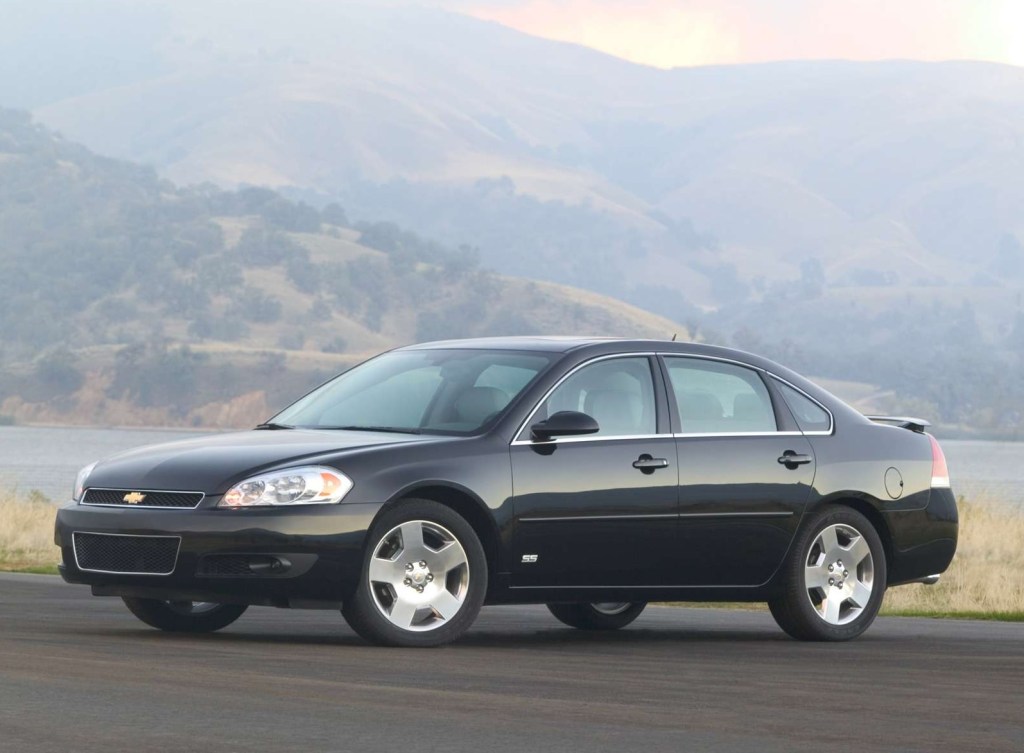
The 2006-2009 Impala SS, Hagerty notes, was even quicker. Its 5.3-liter V8 put out 303 hp—43 more than the old 5.7-liter—and the whole car was about 500 lbs lighter. 0-60 went from 6.5 seconds to 5.6 seconds in Car and Driver’s testing. However, although straight-line speed is vital to a muscle car, the 00s Impala SS loses points elsewhere.
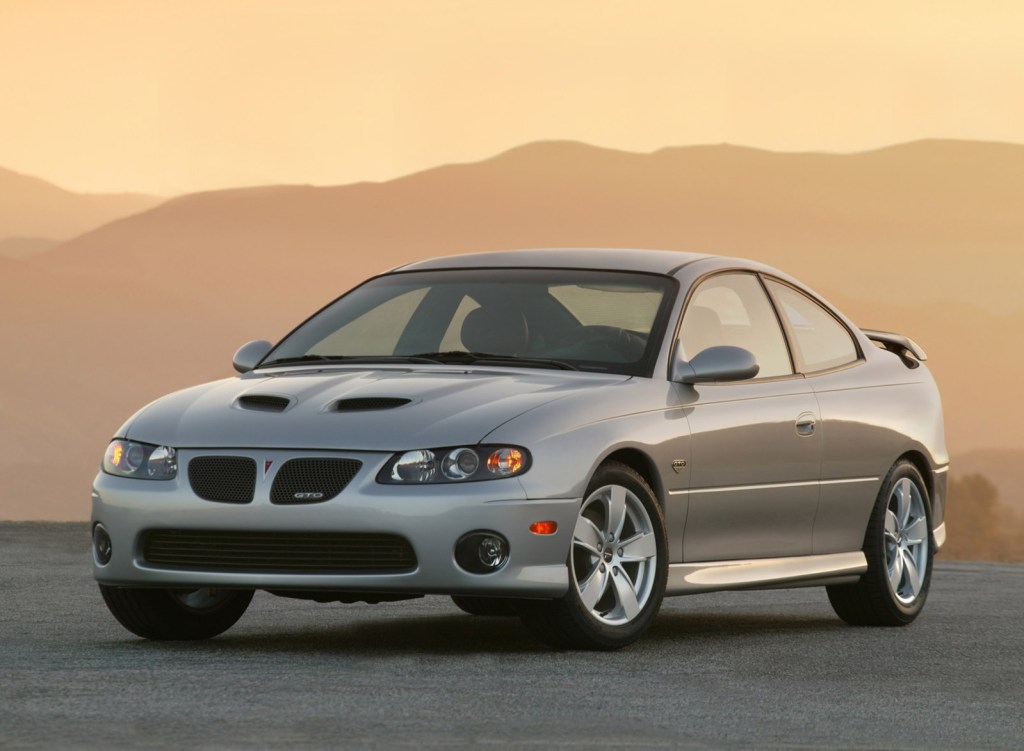
For one, it’s FWD. For better traction, you want more weight over the drive wheels. But when you accelerate, a car’s weight shifts from the front to the rear. Thus, a FWD car is handicapped at the dragstrip compared to a RWD one.
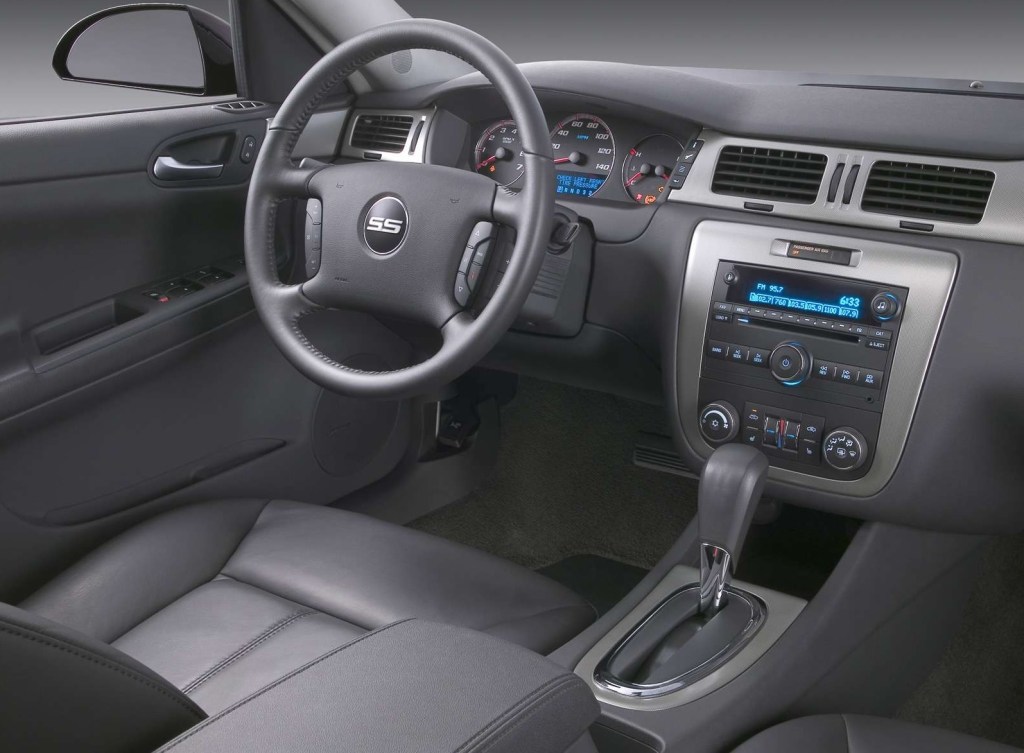
By 2006, buyers could choose from several other RWD high-powered American cars, like the Ford Mustang, Pontiac GTO, Dodge Charger, and Chrysler 300C. Those cars were significantly truer to the muscle car formula. Furthermore, Hagerty notes the Impala’s platform sibling, the Pontiac Grand Prix GXP, actually handled better, due to additional chassis tweaks. It also doesn’t help that the 2000s Chevrolet Impala had a rather poor interior.
1999-2002 Mercury Cougar
In the 60s, the Mercury Cougar was a more upscale version of the Ford Mustang. And, like its Ford cousin, it was a RWD coupe with a wide variety of engine choices, including some V8s. Although it moved off the Mustang platform, over the decades the Cougar remained a RWD car. That changed, though, for its 8th and final generation.
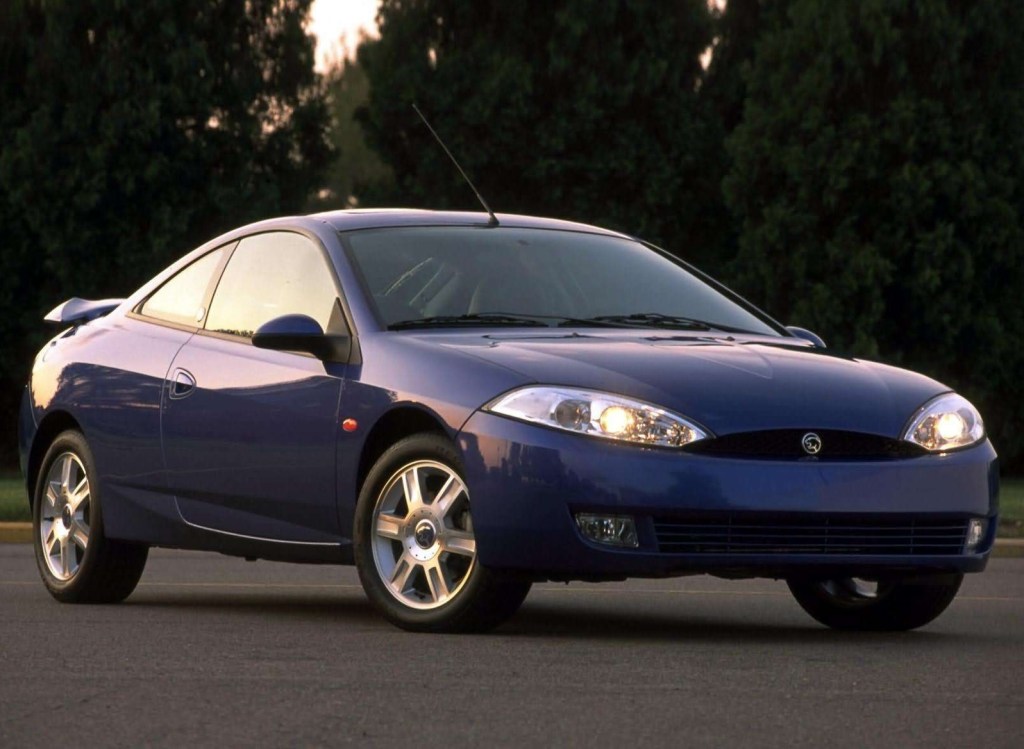
The 1999 Mercury Cougar, Motor1 explains, was a FWD hatchback coupe based on the Ford Probe. Not only was it not RWD, but it also had no V8 options; the most powerful engine was a 170-hp 2.5-liter V6.
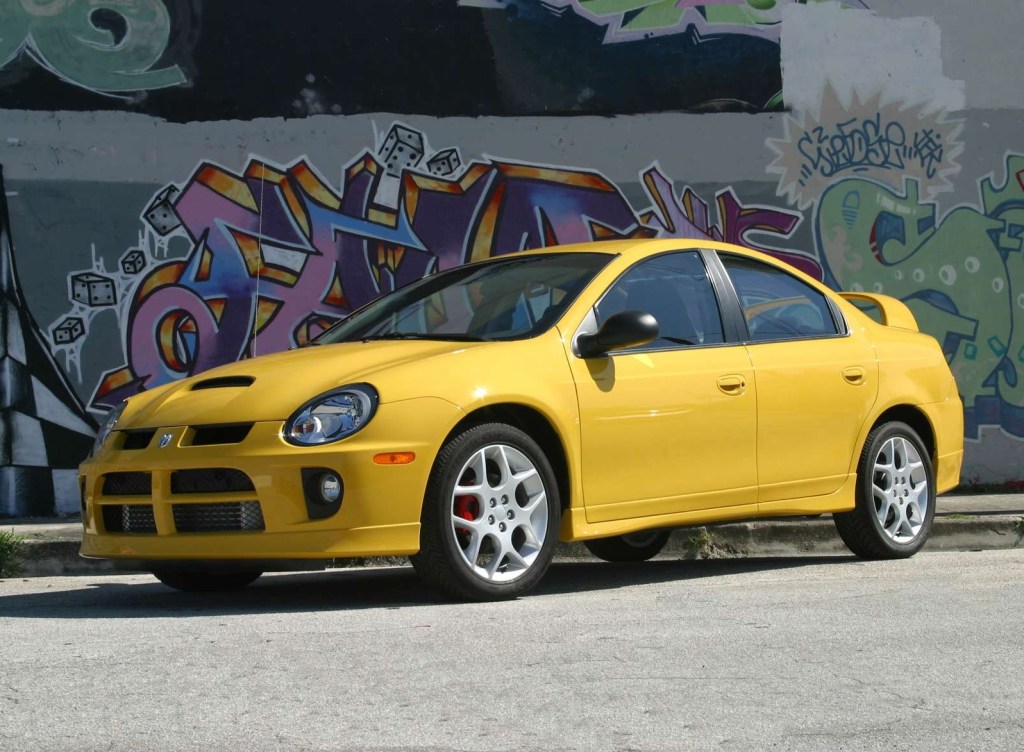
In contrast, the Dodge Neon SRT-4, which debuted just a year after the Cougar was discontinued, had a 230-hp 2.3-liter turbocharged four-cylinder. Despite its worse interior, the Neon SRT-4 was in many ways the better muscle car.
1995-1999 Chevrolet Monte Carlo
The 1995-1999 Chevrolet Monte Carlo also suffered from the RWD-to-FWD change. Prior to its 1985 discontinuation, Motor1 reports, it had been a 2-door, RWD coupe.
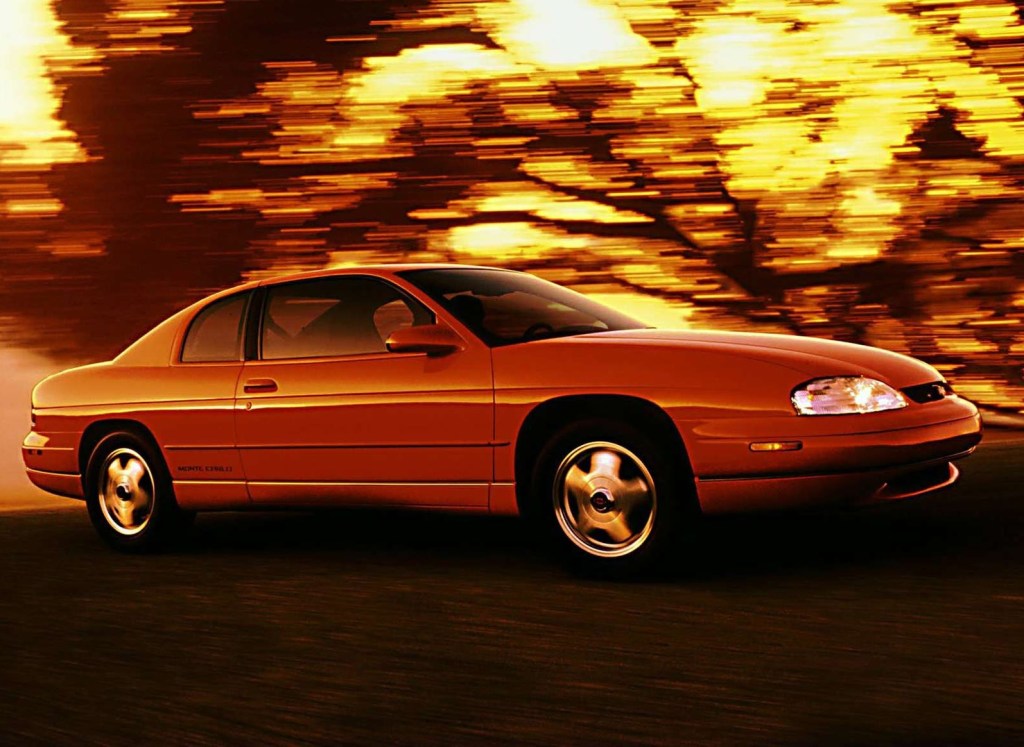
The 1995 model was still a 2-door, though now FWD. And, as with the 1999 Cougar, there was no V8. Luckily, that did change with its 2000 redesign, which added an SS trim that did have a V8. And, for 2004-2005, it could be supercharged.
However, without even that V8 option, the 1995-1999 Chevrolet Monte Carlo was a poor example of a muscle car.
1978 Ford Mustang II King Cobra
The Ford Mustang’s strong sales aren’t a recent phenomenon. Even during its Pinto-based Mustang II days, the car was fairly popular, if not exactly built well. Unfortunately, the late 70s Mustangs weren’t fast: even the 5.0-liter V8 only put out 139 hp, AutoWise reports. However, the King Cobra’s place on this list isn’t due to performance per se.
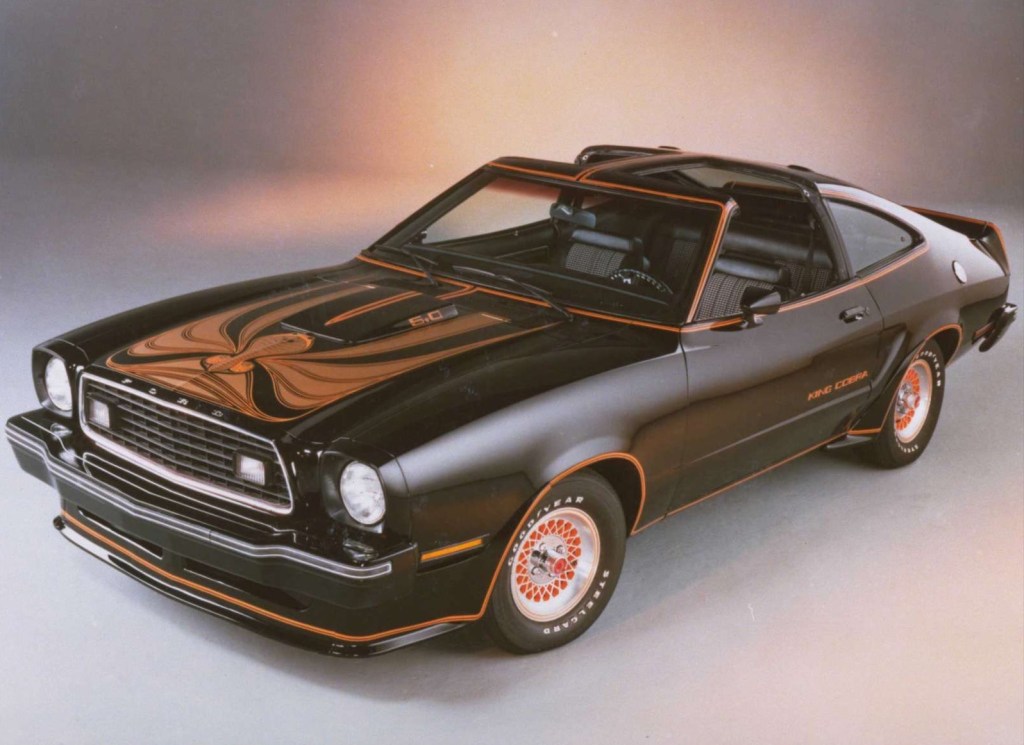
1978 was the last model year for the Mustang II before it was replaced by the better-loved Fox-body car. Ford decided to send off the pony car with a limited-edition King Cobra package. But beyond the decals, wheels, and tires, this special-edition wasn’t really all that special. And it made no more power than the standard car.
The 1978 Ford Mustang II King Cobra, then, promises speed but fails to deliver. As such, it’s a bad muscle car.
1978-1983 Dodge Challenger
Today, the Dodge Challenger enjoys surprising popularity, due in part to its old-school, throwback early 70s design. However, before it was brought back in 2008, there was a 2nd-gen model made from 1978-1983. And, while that Challenger avoided becoming a FWD car, it wasn’t exactly a muscle car anymore.
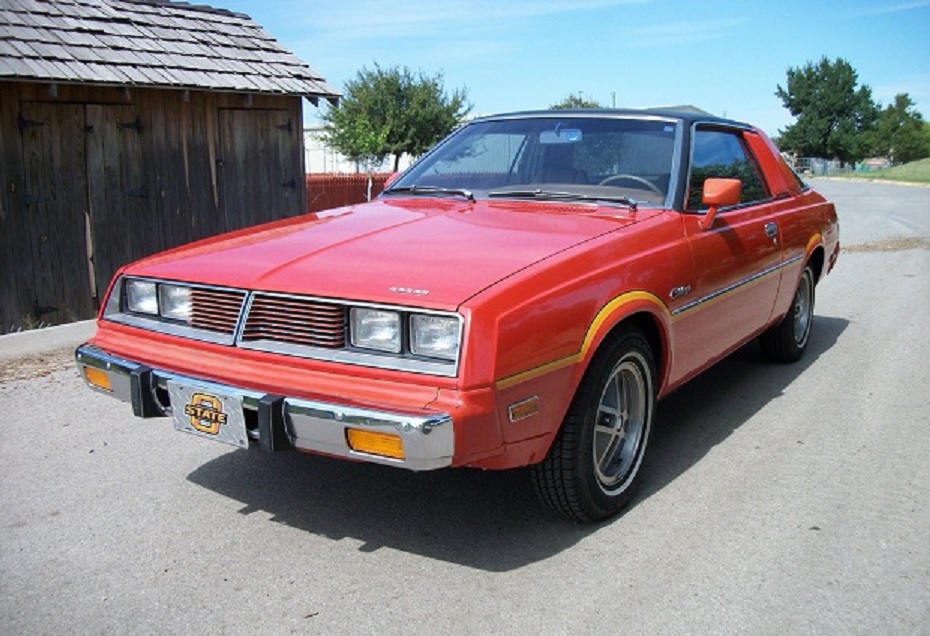
The 1978 Challenger, Motor1 reports, was actually based on the contemporary Mitsubishi Galant. Though, that’s not actually a bad thing: the Galant of the time was competing in WRC, and eventually led to the Lancer Evo. The problem was the 2nd-gen Dodge Challenger’s engine options. There was no V8 or even a V6. Instead, the largest engine was a 100-hp 2.5-liter four-cylinder.
But there was one other four-cylinder muscle car that failed to liven up its performance.
1982-1985 Chevrolet Camaro Iron Duke
Today, the idea of a four-cylinder muscle car isn’t actually that far-fetched—some even out-sell their V8 counterparts. However, modern examples use turbocharging to boost output. And while Chevrolet helped pioneer small-engine turbocharging, the automaker failed to incorporate that in its first four-cylinder muscle car.
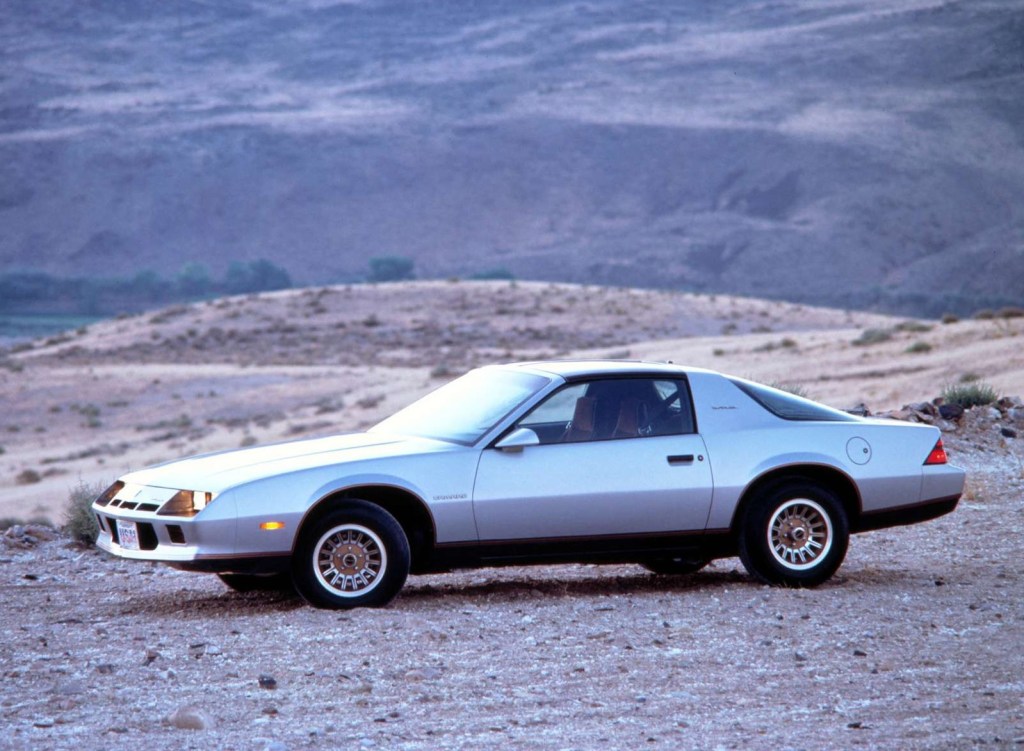
The 1982 Chevrolet Camaro Iron Duke was the first four-cylinder Camaro, Jalopnik reports. Unfortunately, it was also one of the slowest Camaros ever made.
Like the 2nd-gen Challenger, the Camaro Iron Duke had a 2.5-liter four-cylinder engine. But the Chevrolet’s engine was even weaker, only putting out 92 hp, Autoblog reports. 0-60 time was about 20 seconds, slow even back then. Luckily, a 2.3-liter V6, previously an option, quickly became the base engine.
Follow more updates from MotorBiscuit on our Facebook page.


